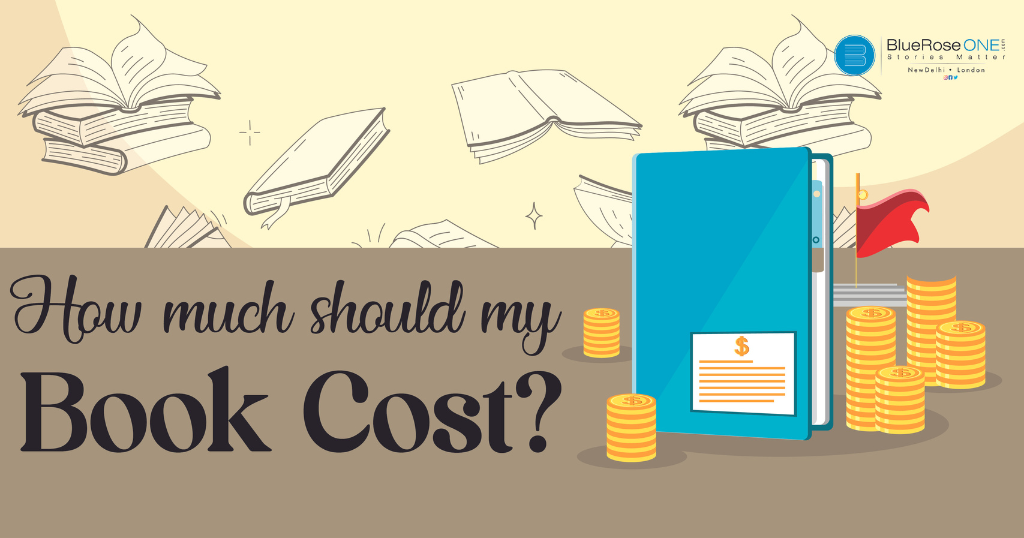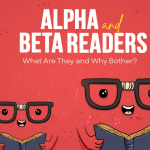Setting the optimal price for your book is a pivotal component of the publishing journey. Navigating the delicate balance between recuperating costs, ensuring profitability, and resonating with your intended readership can be a formidable task. This comprehensive guide aims to demystify the intricacies of book pricing, offering insights into the factors that shape these decisions and providing actionable tips to empower authors to make well-informed choices.
Understanding the costs
Embarking on the journey of pricing your book necessitates a comprehensive understanding of the associated costs. Delving into the nuances of expenses, including printing, distribution, and other production-related outlays, is paramount. By unravelling the layers of these intricacies, authors can gain clarity on how to establish a price point that not only covers costs but also ensures a viable level of profitability.
Factors Influencing Book Pricing
Numerous variables exert influence on the pricing of a book, each playing a distinctive role in shaping the overall strategy. Genre, format, and target audience stand out as key determinants, and we’ll dissect each of these factors meticulously. By delving into the specifics of how genre dynamics, format choices, and the pulse of your readership intersect, authors can develop a nuanced approach to their pricing strategy.
Genre Dynamics
The genre in which your book resides significantly impacts its perceived value in the market. Genres carry distinct expectations, and readers often associate certain price ranges with specific genres. Understanding these genre dynamics empowers authors to position their work competitively while aligning with reader expectations.
Format Choices
The format in which a book is presented plays a pivotal role in shaping its perceived value. From paperback to hardcover, e-books to audiobooks, each format brings its own unique set of considerations. We’ll explore how the choices authors make regarding the presentation of their work influence pricing decisions and reader preferences.
Target Audience Considerations
Knowing your audience is fundamental to determining an effective pricing strategy. Different demographics may respond differently to varying price points. By tailoring your approach based on the characteristics and preferences of your target audience, you can strike a harmonious balance between affordability and perceived value.
7 Tips for Pricing Your Book:
- 1. Know Your Market: Understanding your target market is foundational to effective book pricing. Conduct thorough market research to discern the pricing norms within your genre. Analyse competitor prices and identify the range that aligns with reader expectations. By having a clear understanding of your market, you can strategically position your book for optimal visibility and appeal.
- 2. Consider Production Costs: Balancing reader affordability with covering production costs is a delicate art. Calculate the expenses associated with printing, distribution, and other production elements. Establishing a reasonable profit margin ensures sustainability. This tip guides authors to make informed decisions that not only benefit readers but also contribute to the overall success of the book.
- 3. Evaluate Your Book’s Unique Selling Proposition (USP): Beyond tangible costs, your book’s unique value proposition influences its perceived worth. Explore what sets your content apart—whether it’s groundbreaking insights, a distinctive writing style, or niche subject matter. Understanding your book’s USP empowers you to justify and optimise its pricing.
- 4. Analyse genre trends: Different genres carry distinct expectations when it comes to pricing. Dive into genre-specific pricing trends to align your book with market expectations. Recognise where your book fits within these trends to competitively position it while providing value to readers.
- 5. Factor in Book Length: The length of your book, whether a concise novella or an extensive saga, impacts pricing considerations. Offer guidelines based on word count and page numbers. This ensures that the pricing reflects the perceived value of the content, maintaining fairness for both the author and the reader.
- 6. Consider Your Author Status: First-time authors and established writers may approach pricing differently. Discuss strategies tailored to each scenario. For debut authors, pricing might involve gaining recognition, while established authors may leverage their reputation to command different pricing strategies. This tip recognises the diverse landscape authors navigate based on their standing in the literary world.
- 7. Leverage Discounts and Promotions: Explore the strategic use of discounts and promotional pricing to stimulate sales and expand your readership. Understand how these marketing tools can impact both short-term and long-term book success. Leveraging discounts and promotions is a dynamic approach that can contribute to increased visibility, reader engagement, and overall book sales.
How do you decide the price of a book?
Setting the right price for your book involves a nuanced understanding of various factors. Begin with a comprehensive analysis of production costs, including printing, distribution, and other associated expenses. Simultaneously, delve into market research to grasp the pricing landscape within your genre. Identify the unique selling points of your book—what sets it apart from others—and consider how these elements contribute to its perceived value. Striking a balance between covering costs, meeting market expectations, and aligning with your book’s unique value proposition is crucial for making informed pricing decisions.

How much should I charge for a 300-page book?
Determining the price for a 300-page book requires a strategic approach. Consider production costs, ensuring that the pricing covers expenses while remaining attractive to readers. Evaluate the genre-specific trends for books of similar length to position yours competitively. Additionally, factor in the unique elements of your content and your author status, as these contribute to the overall perceived value of the book. By carefully navigating these considerations, you can find the optimal price point for your 300-page masterpiece, offering readers value while maintaining profitability.
How much should I charge for my first novel?
For debut authors, pricing the first novel involves a delicate balance. Recognise that your primary goal may be gaining recognition and building an audience. Consider pricing strategies that align with your status as a new author, such as offering introductory discounts or promotions. Emphasise the unique qualities of your novel, and aim for a price that communicates value to readers while encouraging them to take a chance on a new voice in the literary landscape. This strategic approach can help debut authors find the right balance between affordability and perceived worth.
How much should I charge for my self-help book?
Self-help books often occupy a unique position in the market. Given the genre’s focus on personal development, consider the transformative value your book provides to readers. Evaluate the pricing expectations within the self-help genre and position your book accordingly. Emphasise the actionable insights and guidance your book offers, ensuring that the price reflects the potential impact on readers’ lives. Balancing accessibility with the perceived value of transformative content is key to effectively pricing a self-help book.
How much can you sell a book for?
Exploring the price range for book sales involves understanding the delicate interplay between profitability and reader appeal. Analyse the upper and lower limits within your genre, considering the market demand for similar titles. Strive to find a competitive yet sustainable price that positions your book for success. Factors such as your book’s uniqueness, author reputation, and genre expectations contribute to the perceived value. By navigating these elements thoughtfully, you can identify a price point that resonates with your target audience while ensuring the financial viability of your book.
What is the average price of a book?
Analysing industry data provides valuable insights into average book prices across genres. Understanding the broader market trends helps you position your book competitively. Explore the pricing landscape within your specific genre, considering the expectations of readers in that market. While industry averages offer a benchmark, it’s essential to tailor your pricing strategy to align with your book’s unique attributes and the preferences of your target audience. By leveraging industry insights, you can make informed decisions that enhance your book’s visibility and appeal in the market.
Read: How to Beautify Your Book’s Back Cover Design: A Step-by-Step Guide
Pricing your book is a nuanced process that requires a deep understanding of your market, production costs, and the unique value your book brings. By following the tips and guidelines outlined in this comprehensive guide, you’ll be well-equipped to make informed decisions that maximise both your reach and your revenue.
















